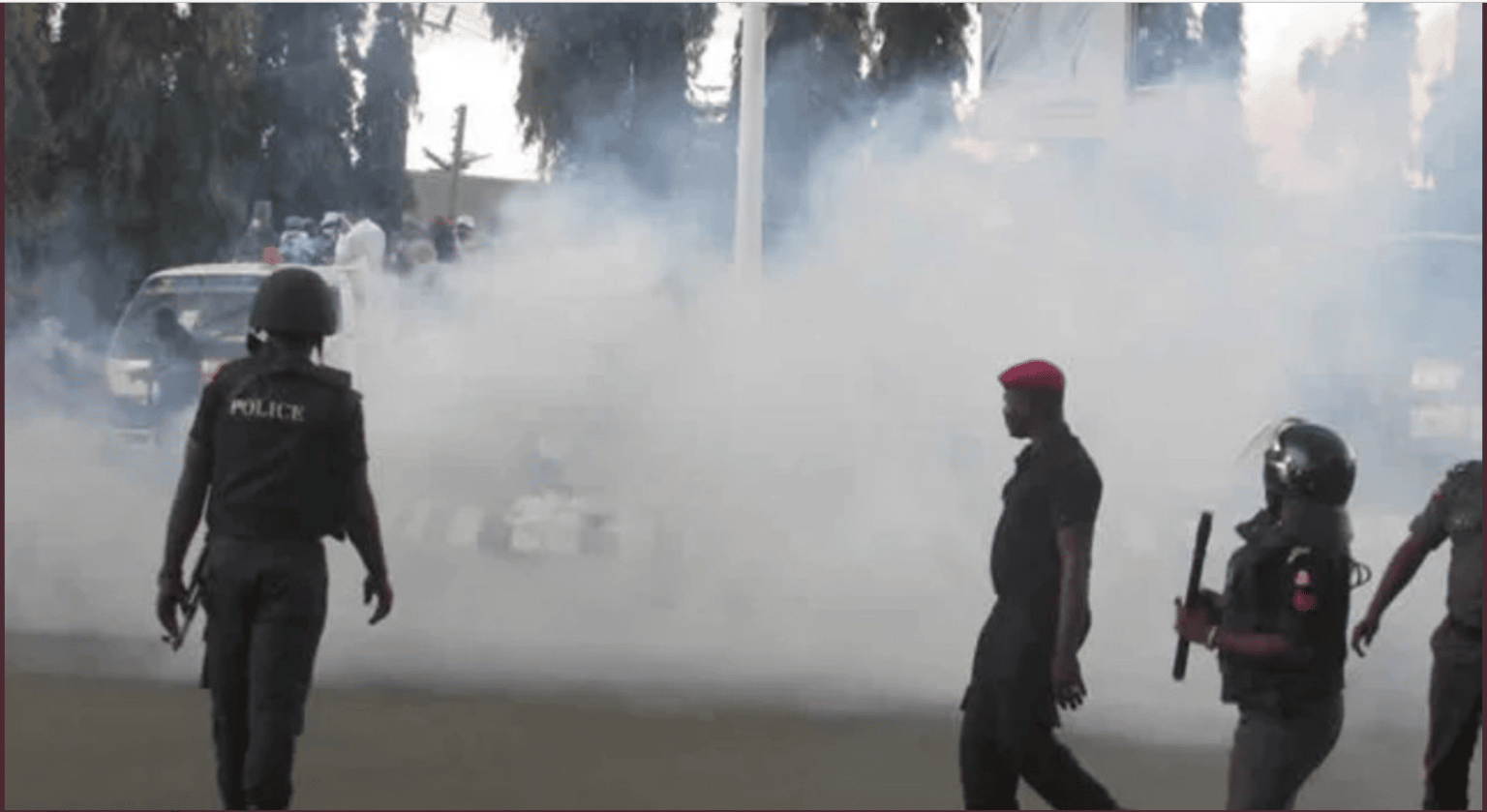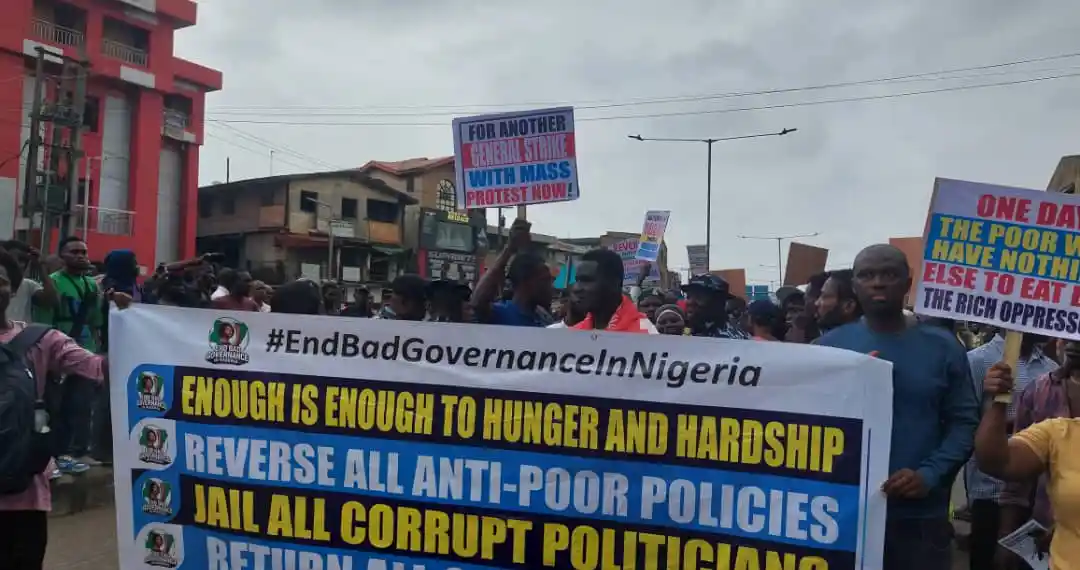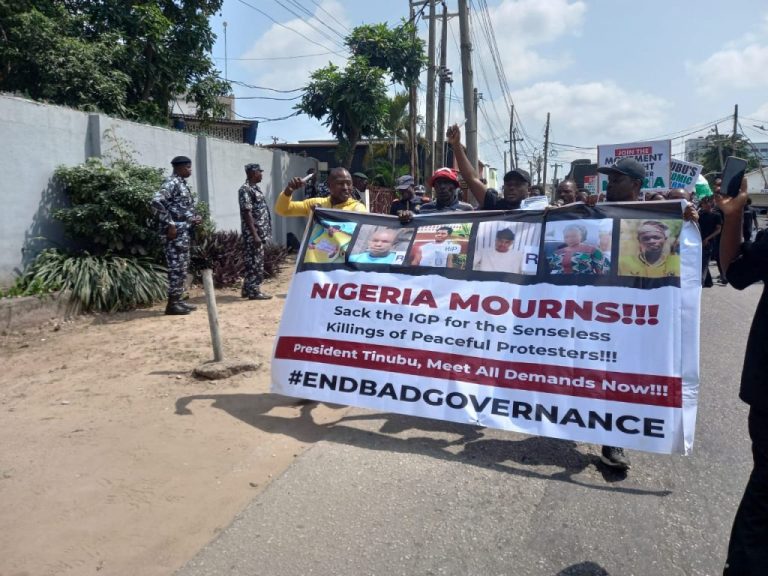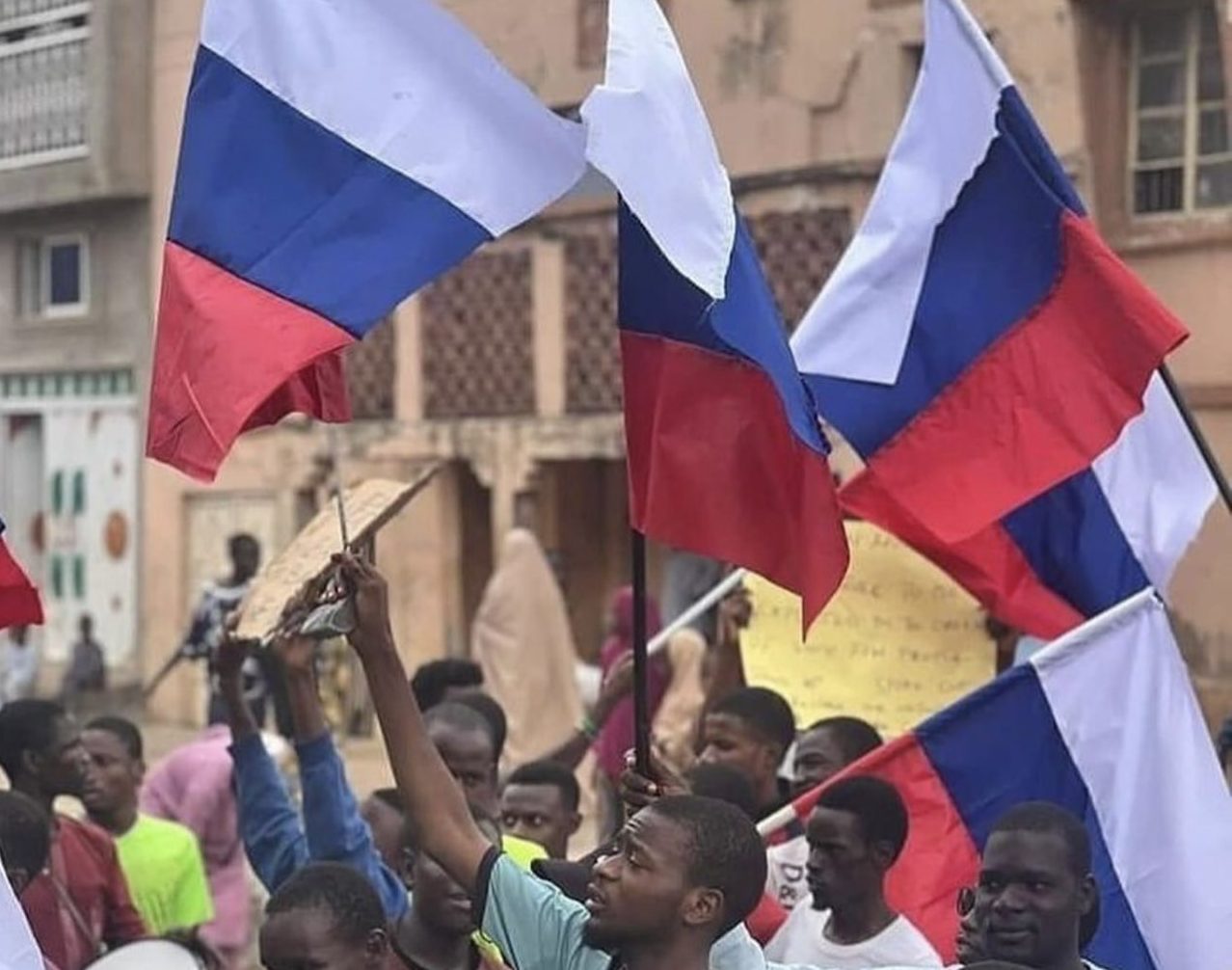News
Highlighting 4 Of Nigeria’s Years Of Bloody Protests That Claimed Lives
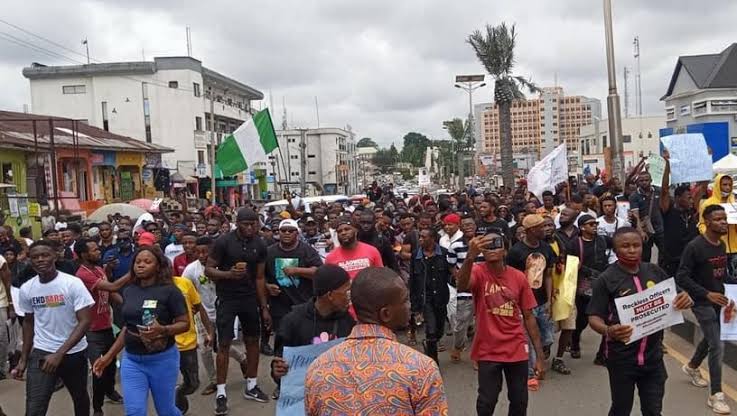
In this article, EKO HOT BLOG will discuss briefly four protests in Nigeria that turned bloody and resulted in the loss of lives.
(1.) The Aba Women’s Riot of 1929
The entire eastern region of Nigeria was engulfed in protests led by women who kicked against the intolerable colonial levy. The riot began in Calabar and Owerri in November 1929 before spreading to Aba.
The Igbo women, numbering around 25000 participated in the protest, they attacked Barclay’s bank, European-owned stores, and native courts run by colonial officials.
The women demonstrated their strength by attacking the prison and releasing prisoners. Colonial troops were called in at Calabar and Owerri, where they opened fire on the crowd, killing more than 50 women.
Many of these women sustained bullet wounds However, to avoid further bloodshed, the colonial masters did not impose the tax on market women again.
(2.) The structural adjustment program (SAP) Riots Of 1989
The structural adjustment program was introduced during General Ibrahim Babangida’s regime. The ‘SAP’ was inspired by the IMF and World Bank.
The protest movement started by students was crushed by Babangida’s military power. The first significant increase in fuel prices occurred in 1988 as part of the structural adjustment program.
On May 24, Uniben students began the protest, which quickly spread to Lagos and Ibadan.
Students in Lagos erected roadblocks on the Lagos-Ibadan expressway. Anti-riot police killed dozens of students in Lagos and at least two students in Ibadan in early June.
There were fierce clashes in Port Harcourt between armed police officers and youths throwing rocks at them. The crowd set fire to a state-owned newspaper and a savings bank. Six universities were closed down for nearly a year as a result of the protest.
READ ALSO: The Genesis Of Tiwa Savage’s Fierce Rivalry With Seyi Shay
(3.) The ‘Ali must go’ crisis in 1978
It was one of Nigeria’s most violent student protests in 1978, in response to a fee increase. This was one of the most serious political crises during Olusegun Obasanjo’s military regime (1975 -1979).
Due to the high cost of living, the minister of education, Ahmadu Ali, increased hostel fees to 30 naira per student for a three-term session.
The price of a meal ticket was also raised from 1.50 to 2 naira. This sparked the ‘Ali must go’ protest chant, in which students urged Obasanjo to fire Ahmadu Ali. Akintunde Ojo, a student of the architect, was killed during the protest. Eight Ahmadu Bello University students were killed in Zaria.
(4.) The ‘End SARS’ protest in 2020
This is one of the most recent protests in Nigeria, and possibly the bloodiest protest in history. The protest began in Lagos in response to police brutality.
It was one of Nigeria’s most well-organized peaceful protests until hoodlums hijacked it and spread terror throughout the country.
Many police stations and federal buildings were demolished, and banks were destroyed. Several gallant police officers were killed during the protest.
There is no official count of civilians killed during the protest, but many innocent people were killed. Many private properties were destroyed or looted. The federal government had no choice but to disband SARS.
YOU MAY ALSO LIKE THIS
Advertise or Publish a Story on EkoHot Blog:
Kindly contact us at [email protected]. Breaking stories should be sent to the above email and substantiated with pictorial evidence.
Citizen journalists will receive a token as data incentive.
Call or Whatsapp: 0803 561 7233, 0703 414 5611


